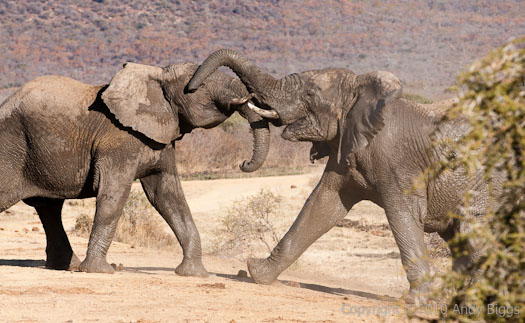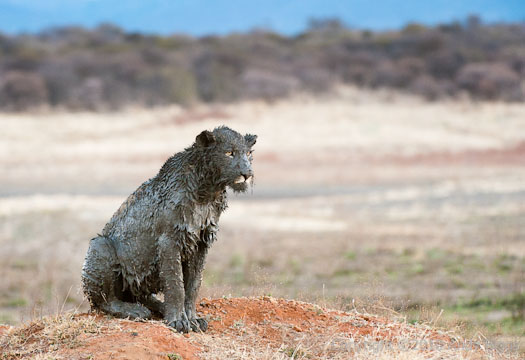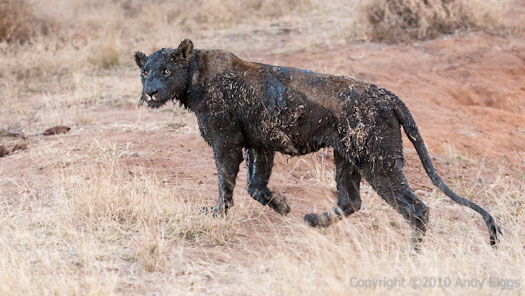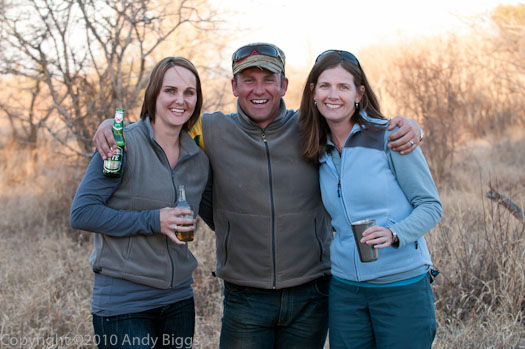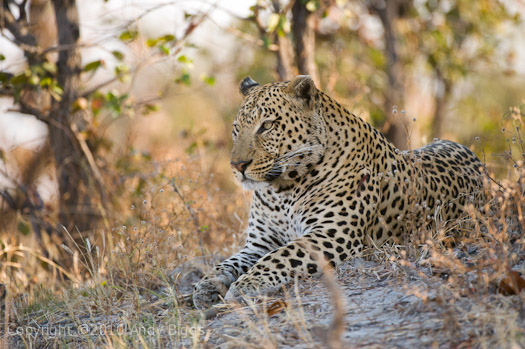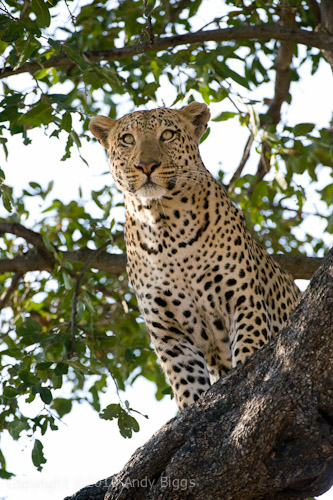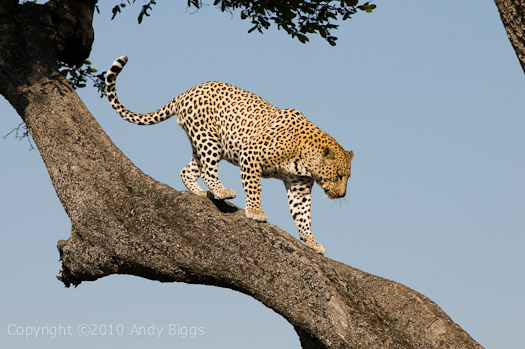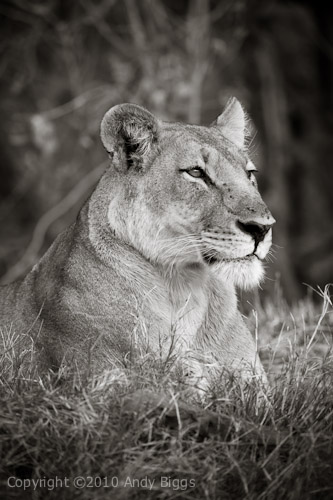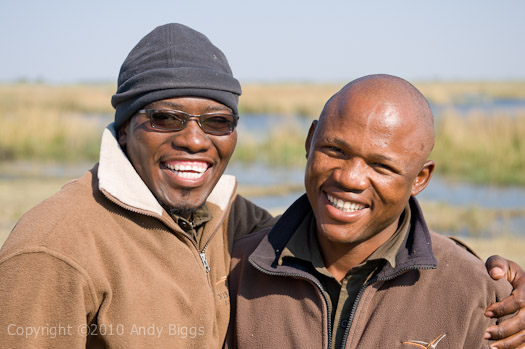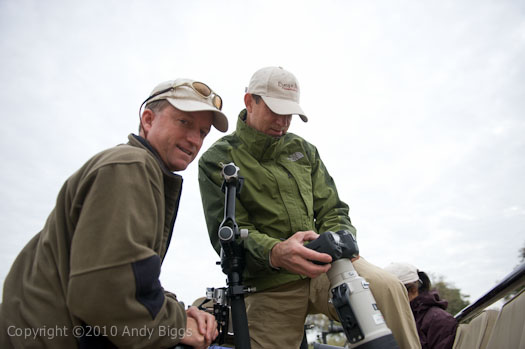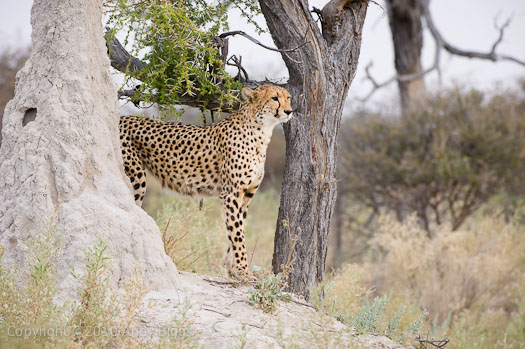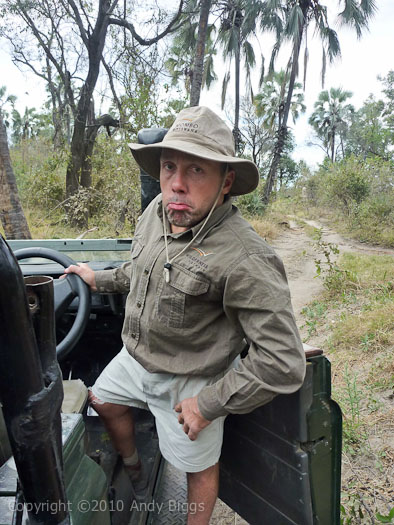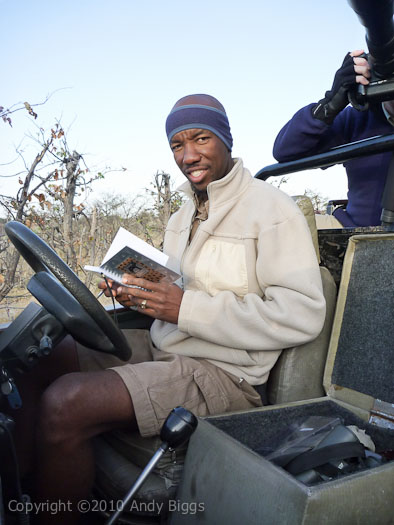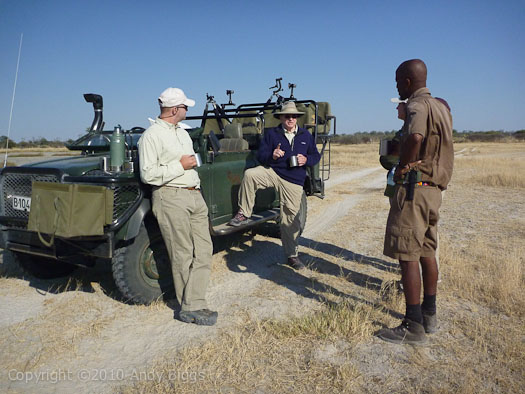Day 23 – Tuningi Safari Lodge, Madikwe Game Reserve, South Africa
 Monday, September 13, 2010 at 08:26AM
Monday, September 13, 2010 at 08:26AM Today was a day for giraffes and rhino, and when it comes to giraffe photographs I just don’t have enough great shots of my most favorite of mammals. One of the challenges when photographing giraffes is related to composition: a giraffe’s neck is so long that most of the time the long neck is intersected by a converging line in the background, the horizon. This doesn’t sound like a big deal, but the human brain has a difficult time with converging lines. An image that has discordant elements can often lead to an unsettling feeling to a viewer, even though the viewer cannot explain why they don’t respond positively to an image. Well, converging lines typically are not helpful in a photograph, yet these converging lines are omnipresent in nature photographs. Nature is inherently very messy. It is our job as nature photographers to try and make order out of chaos.
I have so many giraffe photographs in my library, yet very very few of them ‘work’ for me. Most of the time it is difficult to explain why, but an easy answer is that converging lines often spoil a photograph. Giraffes are typically found near their food source (duh), which are typically trees that are at least 3 meters tall. These trees often interfere with a clean shot. When I find giraffes away from their food source, they are either walking to another food source or water. My favorite photos of giraffes are when they are on the open plains, away from trees and bushes that can hide some or all of these majestic creatures.
Ok, on to today’s images. We spent some time photographing some giraffes at a water hole, and one of the challenges when photographing drinking giraffes is finding the best position to shoot from. If a giraffe gets nervous while drinking, it will stop drinking, lift its head and walk away. So one has to find the best position prior to drinking. My goal was to find a position that would accentuate the water that drips from the mouth of the giraffe, after the head comes up from the water. This requires side lighting to adequately illuminate the ‘slobber’, but we couldn’t line up the vehicle to make that work. The other challenge with this approach is that the giraffe head comes up from the water very very quickly, and would require at least 1/640 shutter speed to freeze the action. The background was fairly close behind our subject, and this also makes for a compositional challenge. The farther the background is away from the subject, the easier it is to blur the background. This can be a big deal, because a giraffe who is leaning down the drink often needs 6 to 10 feet of depth of field. If you are using a 400mm lens from 75 feet away, this may mean that you need to be shooting at f/11, f/14 or perhaps f/16 to make it work. These f/stops make blurring the background difficult if the background is too close to the giraffe.
Ok, enough technobabble. Here are some quick, unprocessed photos from today.
Note: All images in these daily blog postings are very very rough edits of the things we have seen, and I often omit the photographs that take too much time to process. I don’t take much time off during the day, as I am working with people with their photographic needs. All of my images in these posts will have to be re-processed when I get back home, and they are only included in these blog entries for illustration purposes only.
 Giraffe drinking water
Giraffe drinking water
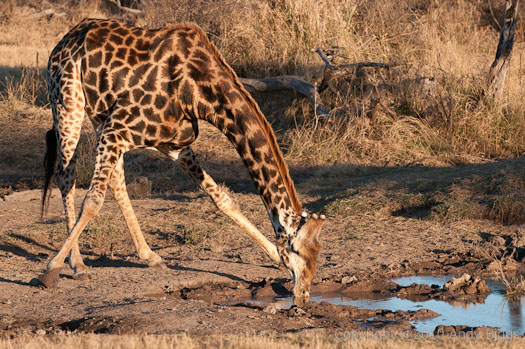
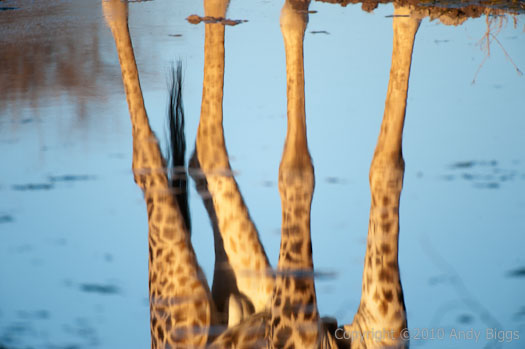
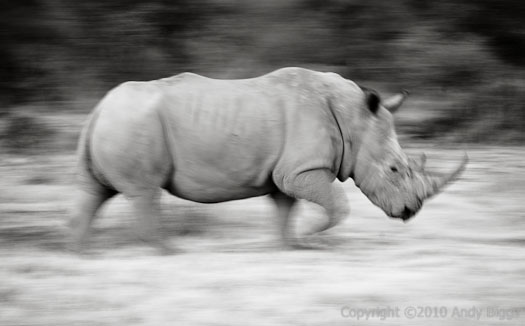
 Giraffe,
Giraffe,  Madikwe,
Madikwe,  Rhino,
Rhino,  Safari report,
Safari report,  Tuningi in
Tuningi in  Safari Reports
Safari Reports 



